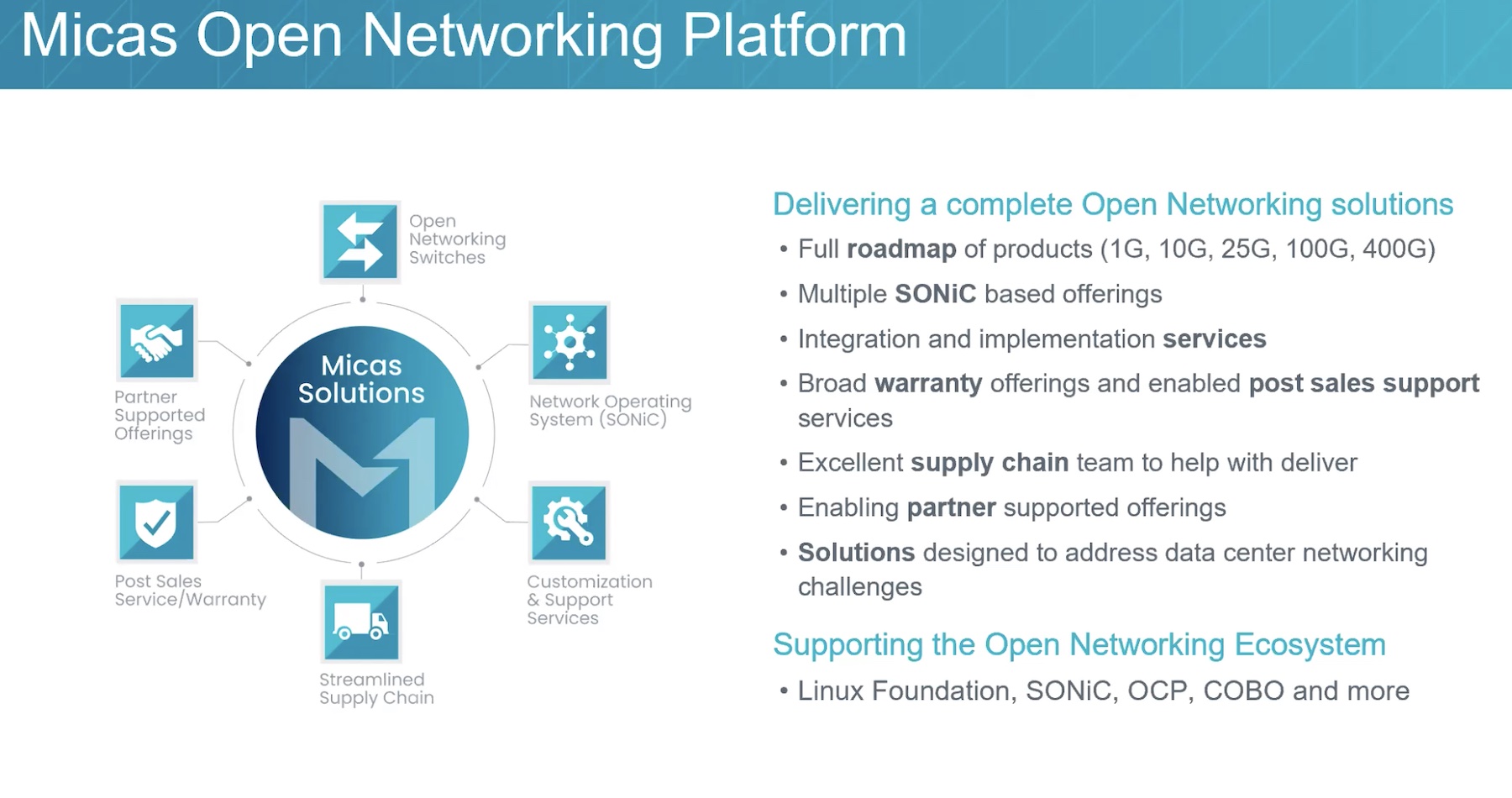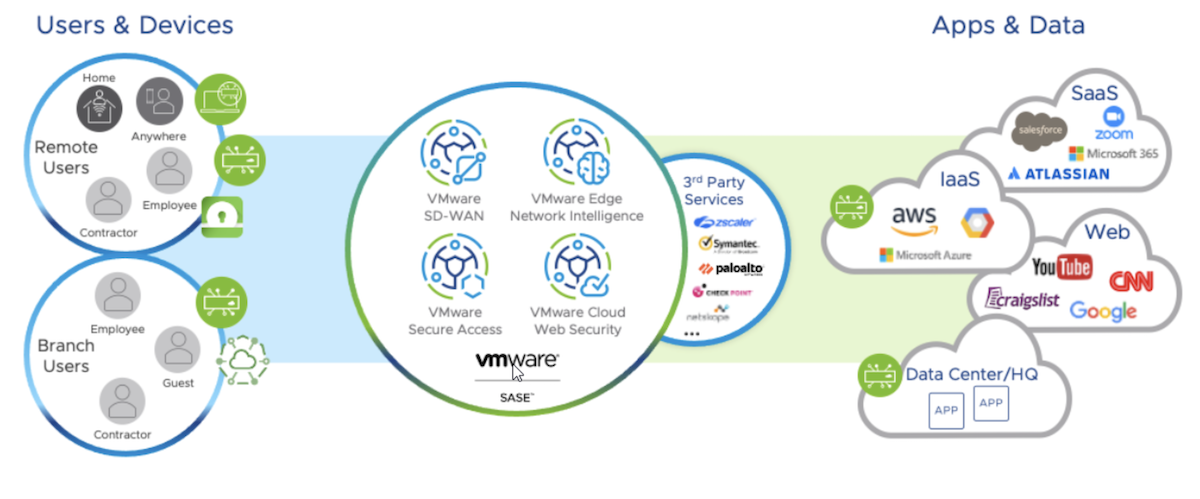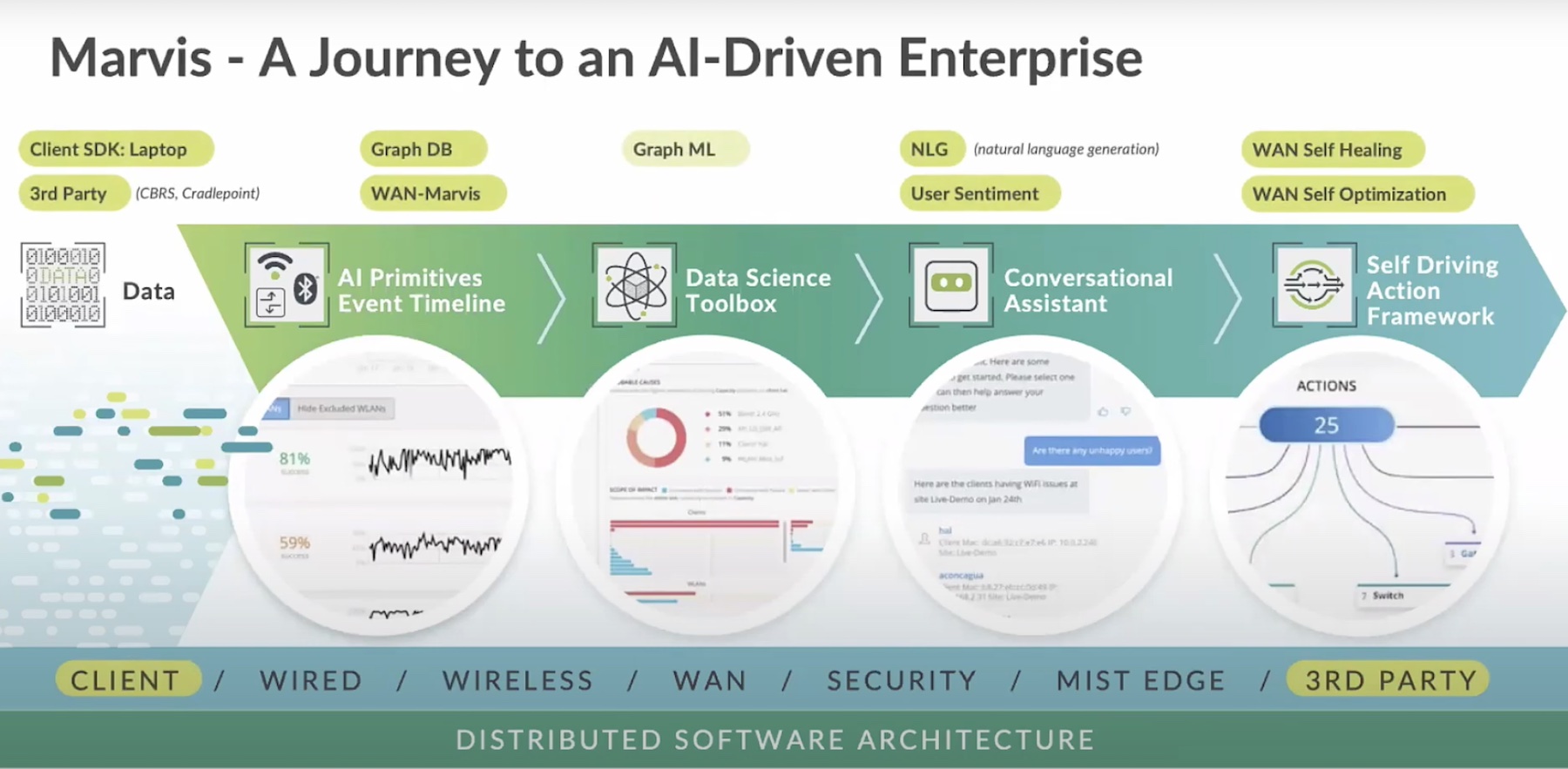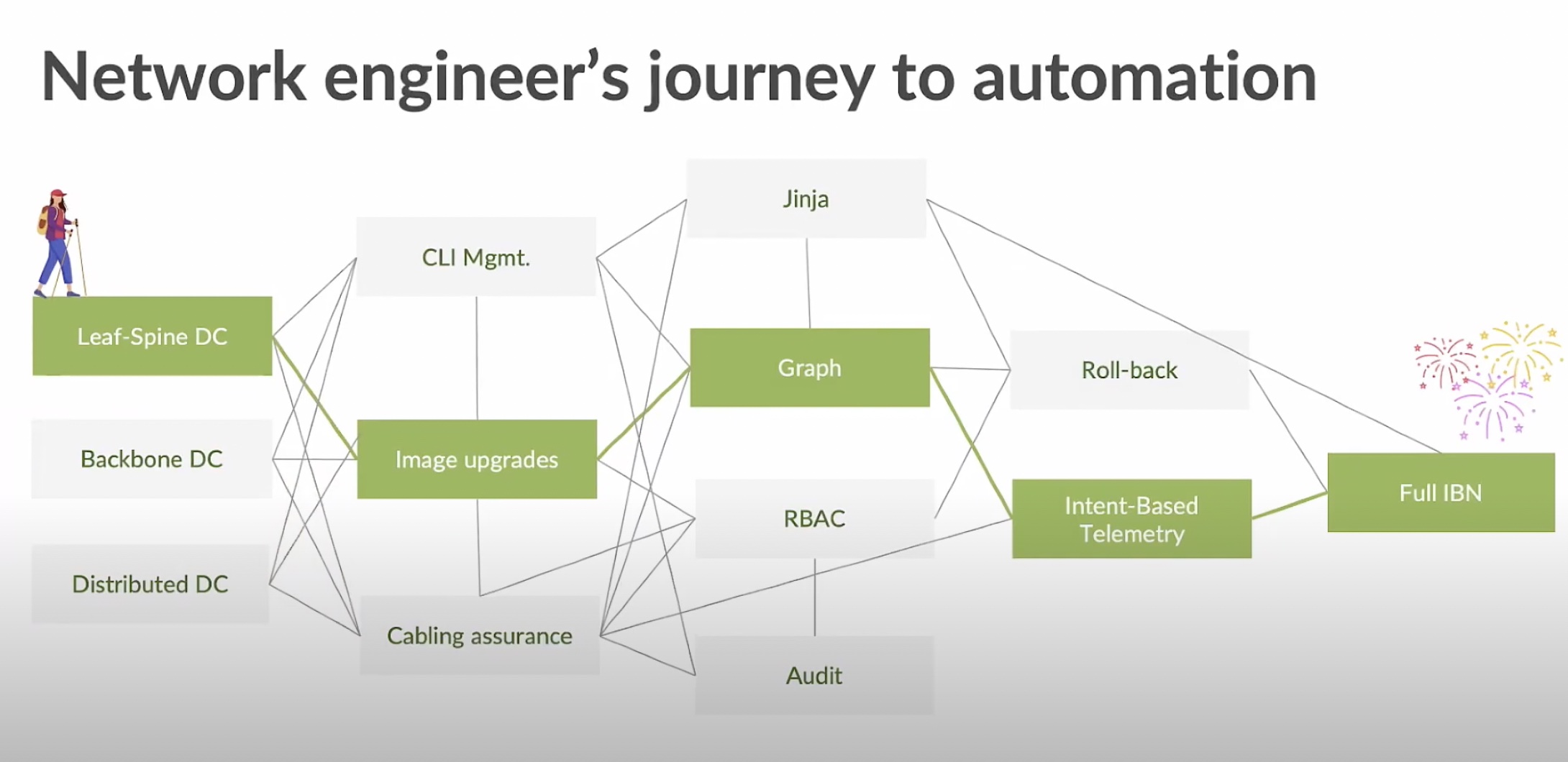One of the data points from the past year that never ceases to amaze me is how quickly IT departments can turn up new services under the proper motivations. The past several years of propaganda would have you believe that networking teams are the Department of No in the enterprise IT organization. We’re hidebound and slow to react and never deploy things with the kind of speed that server teams are used to in the modern world.
Yet, when faced with the challenge of making our offices remote and getting our users online from their homes in a matter of just a few days or a couple of weeks at best, enterprise IT networking teams performed a Herculean task of getting VPN licenses updated, cloud software provisioned, and troubleshooting accomplished for one of the most rapid technology deployments in recent history. Where we once stared down the possibility of disrupted business continuity thanks to a working from home mandate, we instead found that we could move quickly when it was warranted.

If our IT organizations could do all this with antiquated technology like VPNs and on-premises applications, what could they accomplish with something designed to scale quickly across a variety of platforms? That’s the prospect of newer technologies like Secure Access Services Edge (SASE), a superset of SD-WAN that integrates security at the core to ensure users are safe no matter where they’re working from, whether it be a headquarters, branch office, or now from their home branch locations.
Before you jump into the fray of believing that all SASE solutions give you the capability of rapid deployment and ease-of-use, make sure you do your homework. Much like the initial forays into SD-WAN, you will quickly find that each individual solution provider has their own spin on what you need to deploy and how you need to configure things to make it “easy”. In fact, you will soon find out that what is easy for a massive enterprise corporation is relatively hard for a small business or medium-sized shop. You need something that gives you the same capabilities at each end of the scale.
Versa-tile SASE
I had the opportunity earlier this month to sit down with Mike Wood at Versa Networks to talk about challenges just like this. Versa has been a player in the SD-WAN space for a number of years. With the advent of SASE coming to the stage, it’s succeeded in integrating the wave of enhanced security technology into its platform. It’s given its customers a little more peace of mind as the number of threats to remote workers increases indirectly through the expansion of the footprint most offices now hold through remote telework.
Mike told me that with the improvements that Versa has made to its solutions, IT administrators can deploy an endpoint in twelve minutes through zero-touch provisioning. Twelve minutes. In less time than it takes to watch an episode of a television show you can connect a remote office or remote worker to a secure network and bring them on-board and get them up and running. The massive efforts of IT departments this time last year is now commonplace with the right technologies.
Moreover, with the centralized management capabilities found in tools like Versa Concerto and Versa Titan, your operations staff will spend less time trying to baby those deployments along and spend more time rolling out features to those that need them. Operations staff frequently feels like an army of duct tape wielders just waiting for the chance to patch something back together for a few more days. Proper technology gives those teams more opportunities to keep users happy and bring new features online instead of just worrying about keeping the lights on.
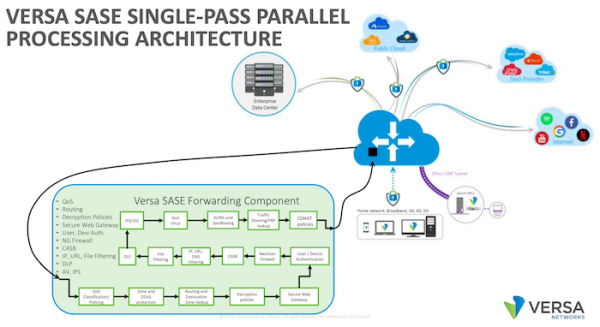
How is this possible? One of the biggest factors is that Versa Networks runs on VOS, its network operating system. Rather than having different flavors of VOS for different sized enterprises or having a specialized tweak for a vertical, VOS is the same across the board. Its single-pass parallel processing design means that policies are applied at once without recursion. That may not sound like a big difference at the small end of the spectrum, but if every packet traversing your network needs to be reexamined multiple times for policy application you’re going to take a performance hit. Multiply that by the amount of throughput you normally need and then spread that across a wide area of small devices now. Your home users don’t have access to huge racks of networking gear to speed performance at their house. You can’t just throw hardware at a problem to make it go away. Versa solves this by making better software.
Versa VOS works at any scale you can think of, from the single device of an end user, all the way up to the cloud. It can scale out and give you the performance you need for a cluster of endpoints that your workers will need to access as well as running well on a laptop or other portable workstation. The versatile architecture is the key to ensuring that deployments are fast and management is easy. When you need to turn on more enhanced security features for your users to combat new threats or reduce attack surfaces, Versa lets you accomplish that goal from one central location.
Bringing It All Together
Versa Networks has embraced SASE and is running with it. It’s taking its proven SD-WAN technology and augmenting it with an extra security focus. In any other year that would be a good way to grab market share. In this past year, however, the needs of IT staff have changed dramatically. Versa Networks offers those IT operations teams the kinds of enhanced usability that they need to ensure maximum uptime while also ensuring the safety of data. Its software solutions are a great base from which to grow SASE far and wide.
For more information about Versa Networks and its SASE platform, make sure you check out its website at http://Versa-Networks.com

